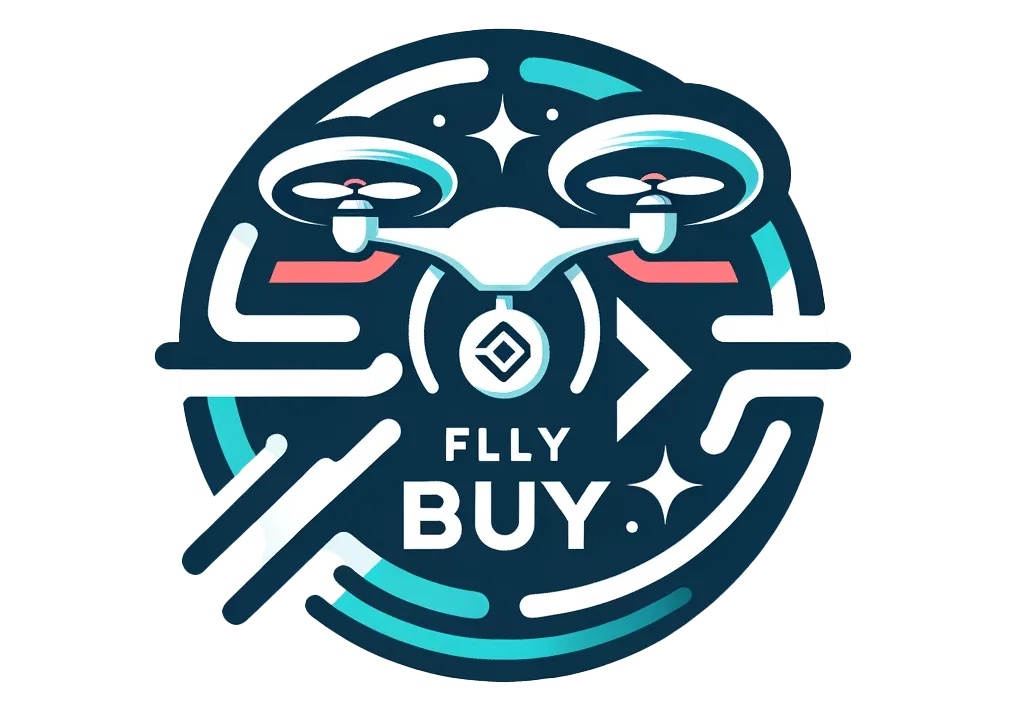
Introduction:
As we soar through 2023, drone technology continues its rapid ascent, touching various sectors from e-commerce and healthcare to environmental monitoring and entertainment. Drones, once a reserve for tech enthusiasts and videographers, are now pivotal in shaping business strategies, public service missions, and environmental initiatives. This year, we’ve witnessed groundbreaking advancements that have revolutionized drone capabilities, reinforcing their position as indispensable tools of the modern world.
1. Autonomy Powered by AI and Machine Learning:
2023 has been a milestone year for the integration of AI in drone technology. Drones now exhibit enhanced autonomy, requiring minimal human intervention. Thanks to sophisticated machine learning algorithms, they can adapt to changing environments, make data-driven decisions, and execute complex tasks. For instance, in search-and-rescue missions, drones autonomously navigate terrains, identify individuals in distress using advanced object recognition, and even deploy aid, all while constantly learning and improving from each mission.
2. Swarming Technology:
One of the most remarkable advancements is the development of drone swarms. Swarming technology enables a coordinated effort among groups of drones, allowing them to work in unison, much like a flock of birds. This technology has been invaluable in synchronized large-scale surveys, agriculture (precision farming), orchestrated delivery services, and stunning entertainment shows that have replaced traditional fireworks.
3. Revolutionary Battery and Charging Solutions:
Addressing previous constraints regarding limited flight time, 2023 has brought innovative solutions to power drones. High-capacity batteries, solar-powered drones, and even in-flight wireless charging technologies have significantly extended flight durations. This advancement is crucial for continuous operations in remote or inaccessible regions, such as during wildlife monitoring or in emergency medical supply deliveries.
4. Advanced Communication Networks:
The full-scale deployment of 5G and the initial introduction of 6G networks have skyrocketed drone performance levels. Enhanced bandwidth and ultra-low latency communications support real-time data transmission, even over long distances or in densely populated urban areas. This upgrade is vital for scenarios that depend on immediate data availability, like traffic monitoring, crowd surveillance, and real-time asset inspection in critical infrastructures.
5. Quantum Leap in Imaging:
Drones in 2023 aren’t just equipped with cameras; they carry advanced imaging systems that transcend traditional barriers. Hyper-spectral imaging, LiDAR, and advanced thermal sensing allow for unprecedented data collection. These technologies are particularly transformative in fields like agriculture for soil health assessment, in archaeology for unearthing forgotten relics, and in environmental conservation for detailed habitat analysis.
6. Enhanced Cybersecurity Measures:
With the expanded application of drones, the need for robust cybersecurity has become paramount. This year, drones have seen the integration of advanced encryption and blockchain technologies for secure data management, ensuring the integrity and confidentiality of the information they capture and transmit.
7. Eco-friendly Initiatives:
2023 marked a notable shift towards environmentally friendly drones. From construction materials and energy sources to noise-reduction mechanisms, drones are now designed with a lesser environmental footprint. Bio-degradable materials and electric propulsion systems not only reduce pollution but also help in noise-sensitive missions, minimizing disturbances to both humans and wildlife.

